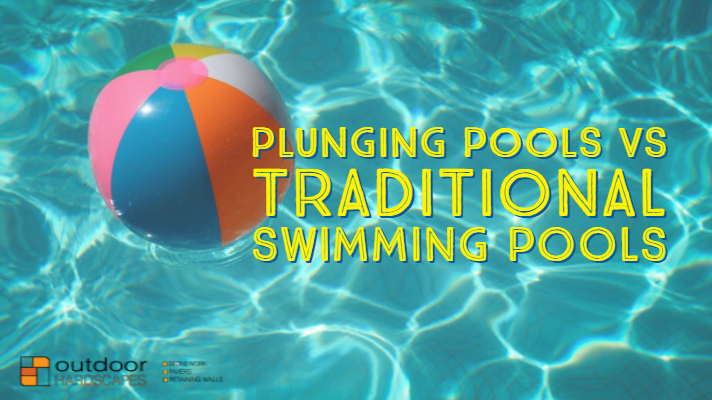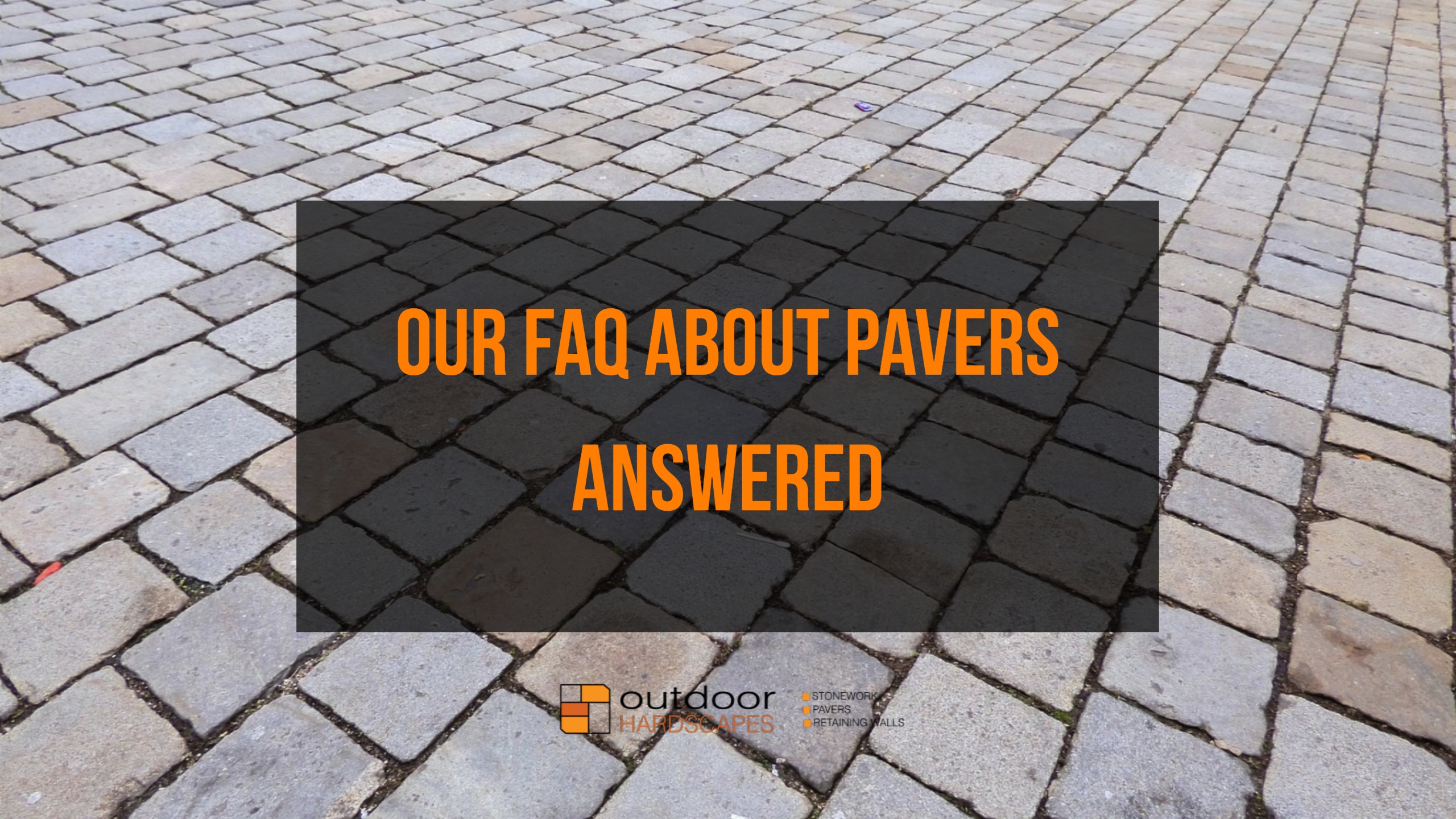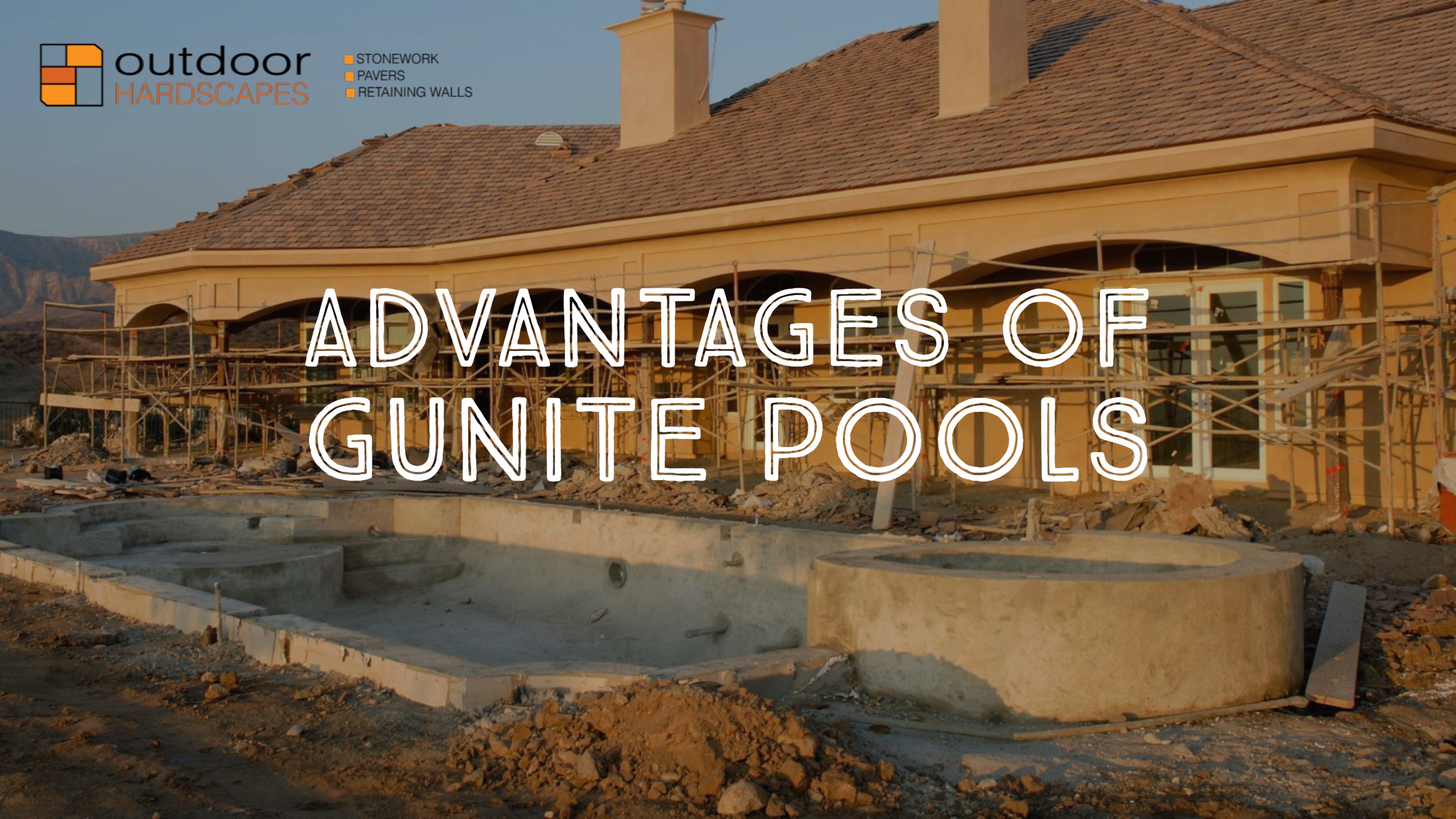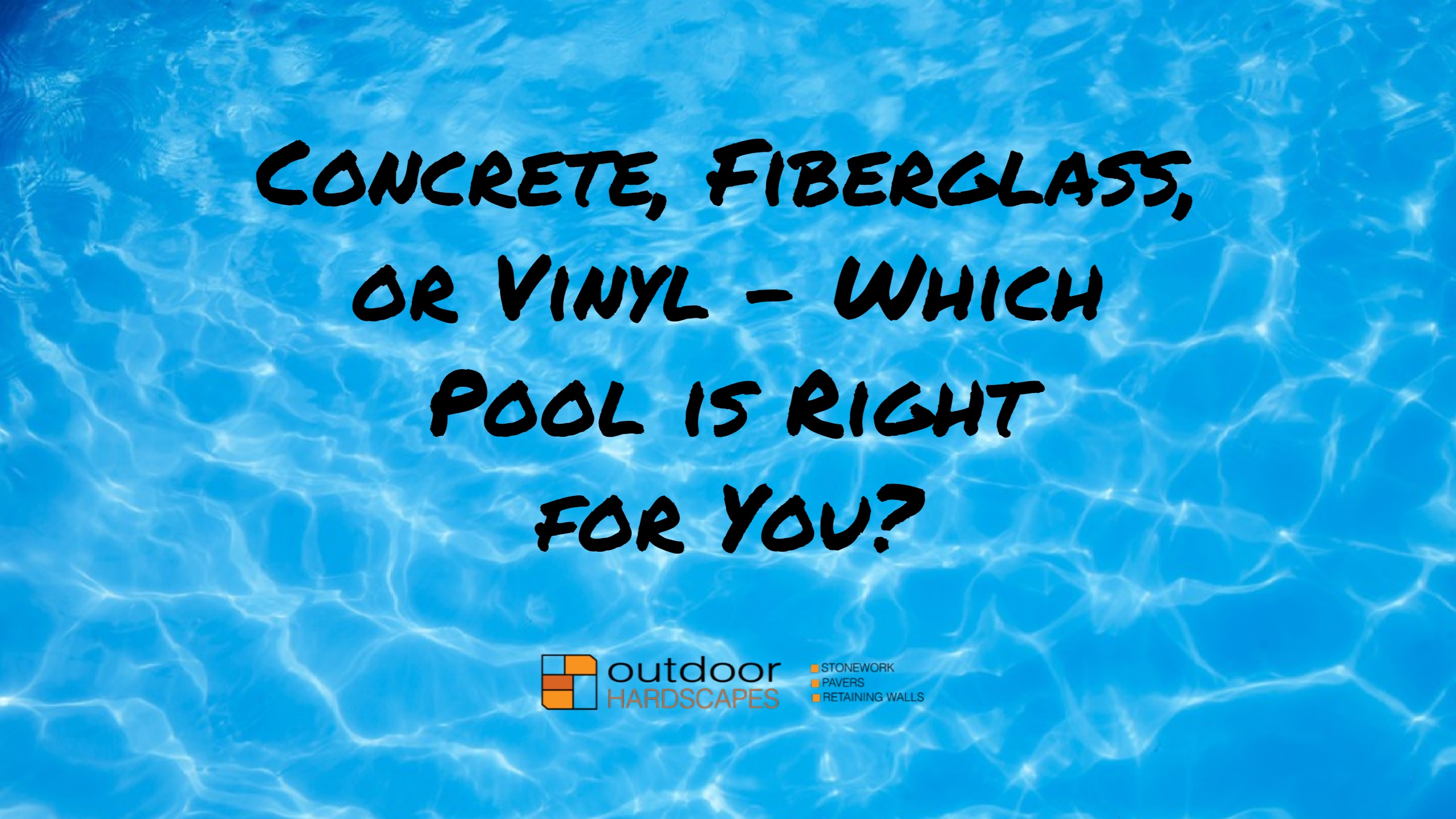Top Considerations When Planning Your Outdoor Kitchen
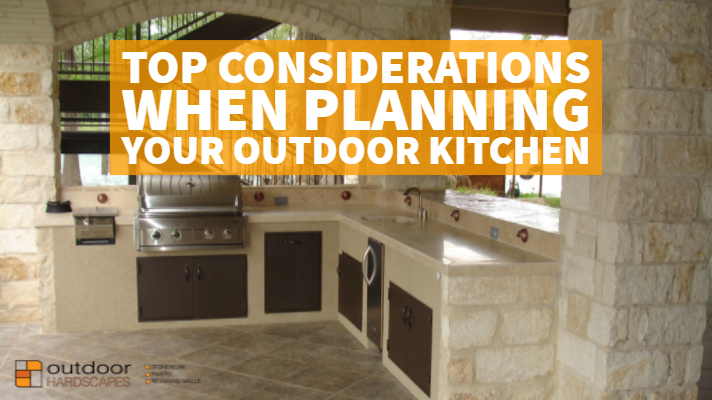
Nothing says “summer is here” like the smell of food cooking on the grill. Friends and family will gather around the table and enjoy what you have prepared. But what if your outdoor cooking space isn’t up to par? Here are some ideas to consider if you are planning to bring your kitchen outdoors.
Space
You may have big ideas for designing the ultimate entertaining space, but unfortunately, the outdoor extension of your home may not accommodate all of you plans. If you have a small outdoor patio, consider the proper size of your grill, furniture and storage needs for your equipment.
Whether it’s just the two of you or if you expect to have several guests at a time, it’s important to think about seating arrangements. An outdoor entertainment space is never complete without proper furniture. Dining tables these days can seat up to ten or more. The addition of an island or bar can also provide additional seating for guests.
Design for Weather
When designing your new outdoor kitchen, consider your area’s climate and how the elements may affect your space. Pick the proper weatherproof materials for your countertops and cabinets. Also, choose furniture and appliances that can literally weather any storm.
Protecting your guests and from summer’s heat is also important. Large, offset umbrellas will give everyone enough cover from the sun while pergolas will not only give an amazing aesthetic to your space but can also provide a nice shade.
Types of Appliances
A bigger outdoor space will allow for more choice for your outdoor kitchen. If you have decided to add an island or an extended bar to your kitchen, think about adding a built-in mini fridge, food prep station and a sink. If this sounds excessive, you will thank me when you experience the convenience this provides.
Size doesn’t matter as much when it comes to your grill, a smaller gas or charcoal grill will definitely get the job done. A portable grill in small space is handy if you are limited on seating arrangements.
Consider the Cost
Budgeting can be your friend or foe when it comes to any addition to your home. A bigger space may need a bigger budget and may also requirement calling in reinforcements. Consult with a licensed contractor and get the permits needed if you are adding on to your home.
A smaller space will require fewer cooks in the kitchen but don’t skip the design elements. A budget-friendly space can still have most of the bells and whistles of a professional chef’s kitchen but on a smaller scale.
Think about other items that may add to your budget such as materials for countertops, lighting, utilities, the type of gas you will be using, and the size of cabinets for storage.
Give Outdoor Hardscapes a call today at (251) 214-9166! We will help your hardscape dream ideas come to life. We have the experience and know-how to create amazing outdoor spaces and we will take your outdoor living to the next level. Visit our website at www.outdoorhardscapesgroup.com or email chaves716@gmail.com.
© Southern View Media 2018: Reproduction without explicit permission is prohibited. All Rights Reserved. “We Put You Online So You Don’t Get Left Behind.”

